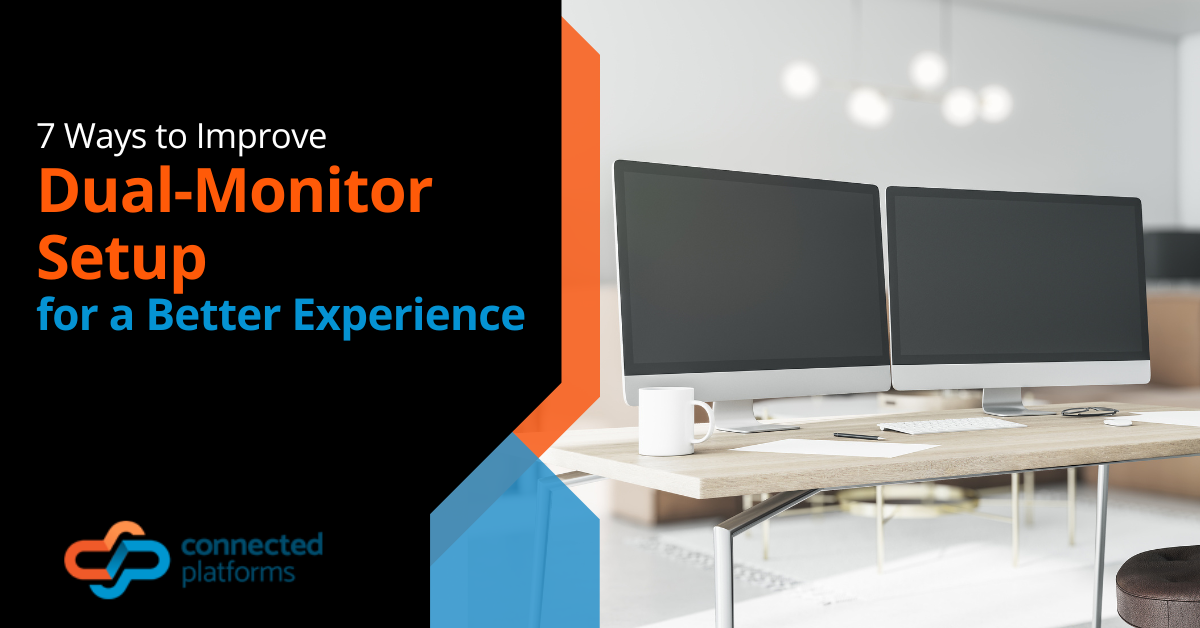Security concerns are an ever-present reality and organisations need to balance them with the usability of their software.
Application whitelisting is one method of achieving that balance without sacrificing either. Connected Platforms is happy to present this article on application whitelisting and hope you find it informative.
As a managed IT services provider we are always happy to answer your questions and assist you in finding the best solution to your particular concerns.
What is Application Whitelisting?
Application whitelisting is the process of indexing a series of applications that receive authorization for use in an organisation. Whitelist is a term that denotes the applications permitted to be installed or executed within an organisation and stands in contrast to blacklists, an index of applications forbidden from being used. Application whitelisting is meant to prevent malware or other unauthorised software from being executed while permitting the use of good software.
Why should businesses use it?
Application whitelisting has several benefits associated with its use though it does take time and effort to set up the index.
Stronger Security
A whitelist offers more protection versus malware and ransomware than a comparable blacklist. Whitelists require explicit approval and authorisation to be on the list while blacklists allow any software to operate unless it has been found to be malicious and added to the blacklist.
More Control over Applications
Establishing an application whitelist gives more control over which applications are used inside an organisations network. This can help minimize help desk costs by narrowing down the versions of an approved application which helps ensure the application runs smoothly within the system as well as guaranteeing its stability and reliability.
Lowers risk connected with Bring Your Own Device Policies
Using the tools included in the whitelisting software, you can set which applications are permissible and lower the risk associated with using your own devices and application.
Threat Assessment
This will depend on the brand of whitelisting tool you use but some whitelisting software will allow you to determine if a member of your team is taking part in risky behaviour. Also, some tools can generate reports on the installation of suspicious applications and detect malware or other viruses.
Application Analysis
In addition to the threat assessment, whitelisting software can create an extensive report on the data usage of a particular application. The report also details what applications are installed and uninstalled from a particular device which can aid an organisation in keeping up with the latest version of an app.
Whitelisting Software
The following are whitelisting tools you may find useful.
Applocker
This whitelisting tool comes with Microsoft windows server editions and enterprise OS. Includes the ability to focus on an individual or group while its threat stringency is customisable.
Centrify Server Suite
Popular with Windows, Linux, and UNIX it focuses on privileged access, reporting and auditing, as well as threat analysis. Places an emphasis on zero-trusts principles, which is the concept of not trusting anything inside or outside its parameters and always require verification.
Defendpoint
Popular with organisations that implement a Bring Your Own Device policy, focuses on endpoint and network security, malware detection and report management.
Dell Authority Management Suite
Pairs excellently with Windows and focuses on keeping sensitive data within the organisation secure as well as protecting data entering the organisation. Includes, data management, the ability to monitor inactivity, mobile support, endpoint security, and hierarchical access.
PowerBroker
Supports Windows, Linux, and Mac while using an application control-based approach. Focus on activity logging and privilege management makes it very popular. The mobile policy will help you manage your organisations Bring Your Own Device policy.
PolicyPak
Chiefly used with Windows servers and is extremely customizable and flexible. Available in three styles:
- Enterprise- includes everything on offer and is a robust security tool
- Professional- flexible and customizable, beneficial to rapidly changing environments
- SaaS- completely cloud compatible, suited for IT teams and non-domain joined computers
Need more information?
If you have questions about whitelisting, whitelisting software, or other IT related concerns then the Connected Platforms IT support Brisbane team are always available to help! Contact us on 07 3062 6932 or request a FREE IT Health Check today.




